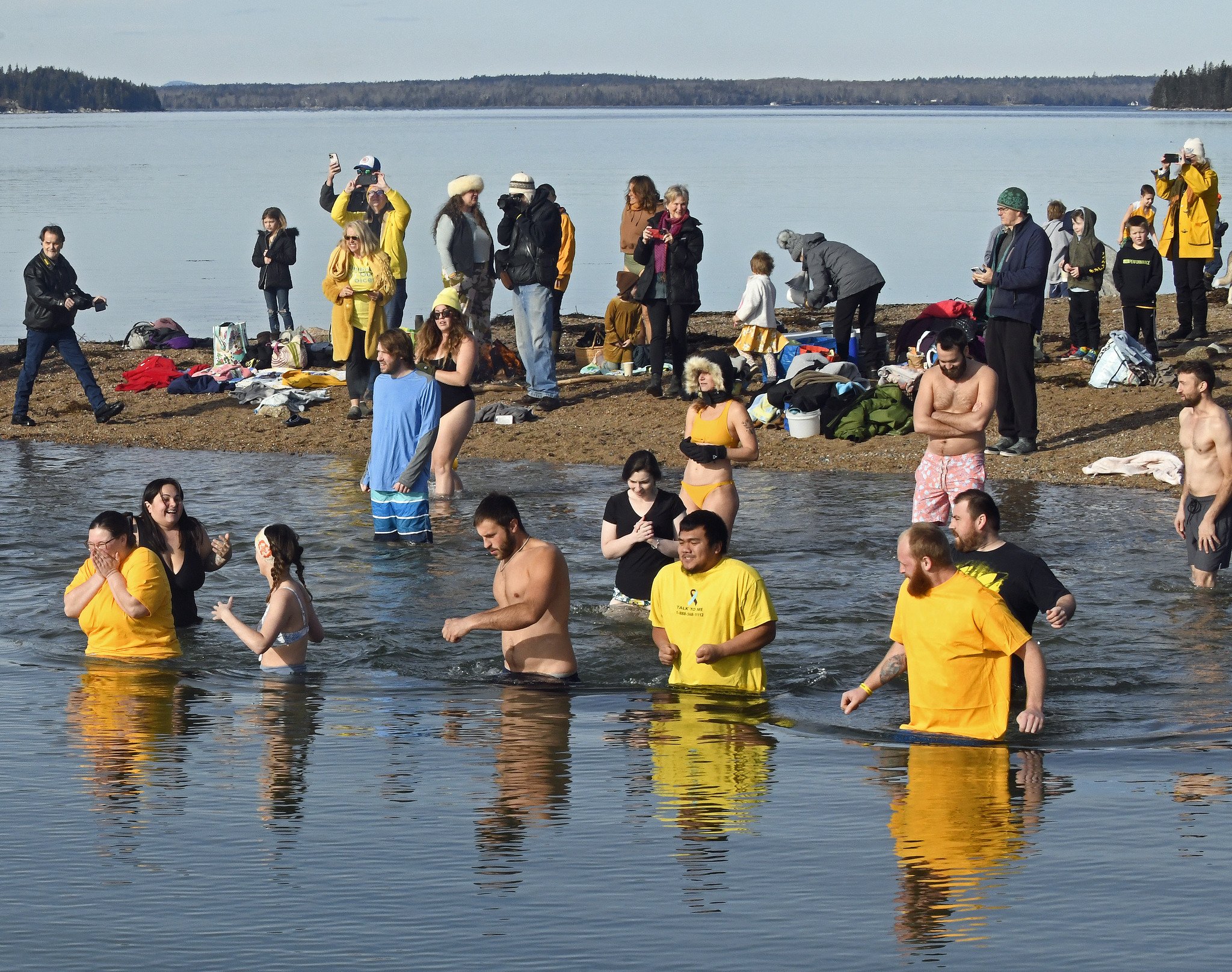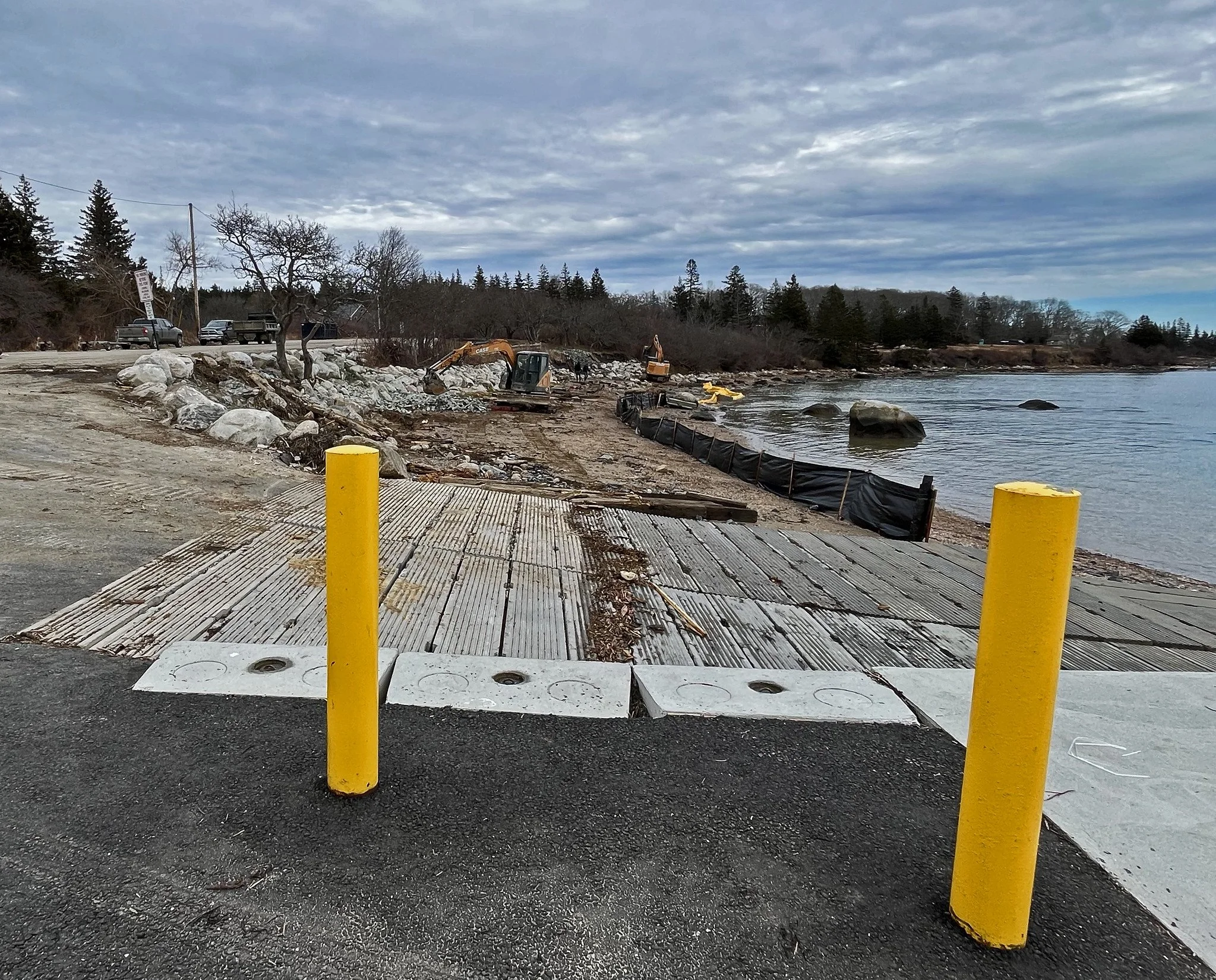White-tailed deer seem to belong in our woods more than any other mammal. They just look “right” all of the time, especially during first light when they’re slowly on the move over snow-covered ground:
There’s an easygoing elegance to them in the woods that I find hard to find in red squirrels and other small rodents, weasels, bob cats, coyotes, bears, Moose, or (especially) that increasingly chair-dependent species, humans.
White-tails often act as if they own the place and will engage in staring contests with a careful human who has entered their territory. But most are also woods-smart and know when to show you why they’re called white-tailed deer:
(Images taken in Brooklin, Maine, on February 17, 2024.)

































































































